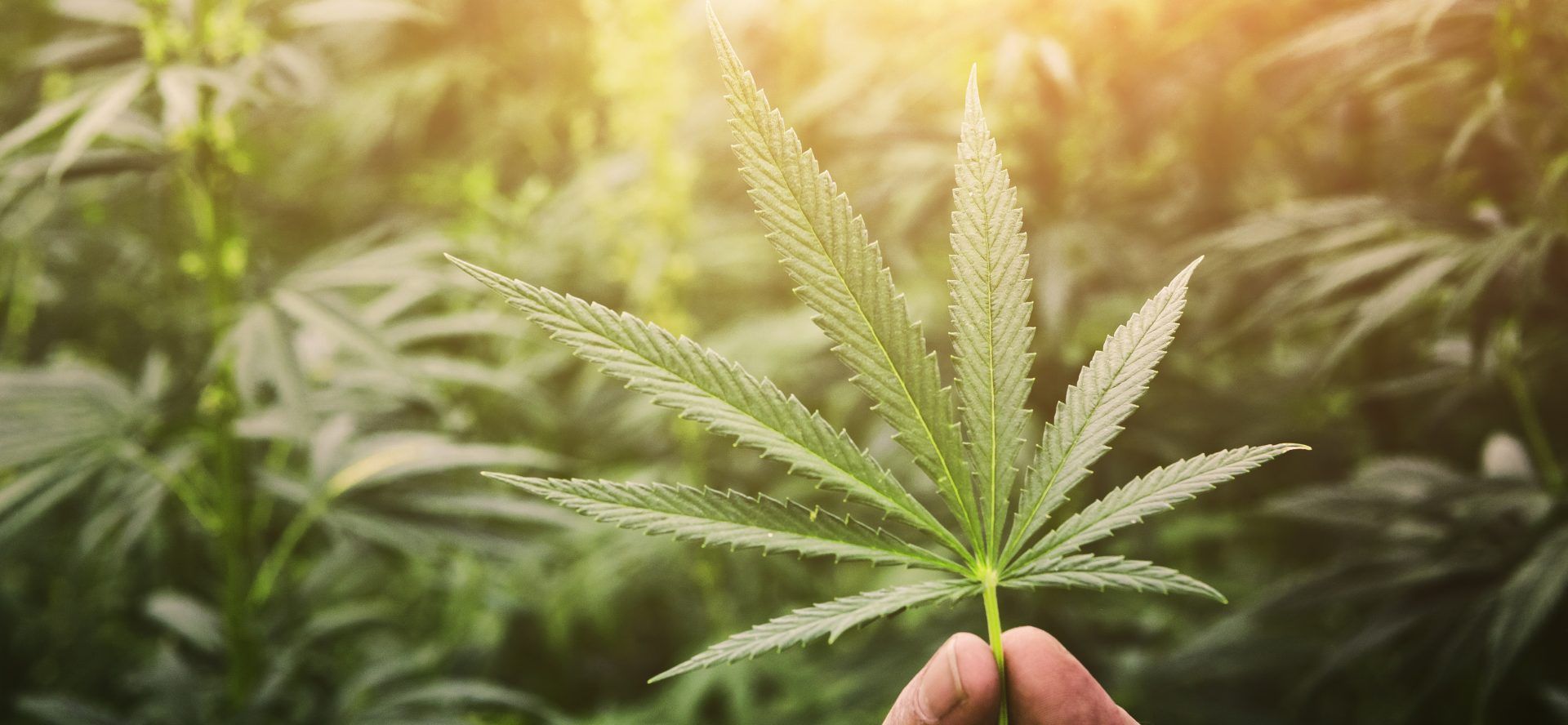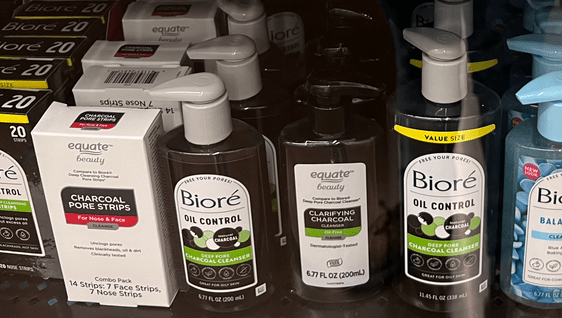Hemp Lingerie: Pioneering Sustainability in Fashion
In the rapidly changing world of fashion, sustainability has become a critical focus. As consumers increasingly demand eco-friendly products, manufacturers are turning to alternative materials that lessen environmental impact…





